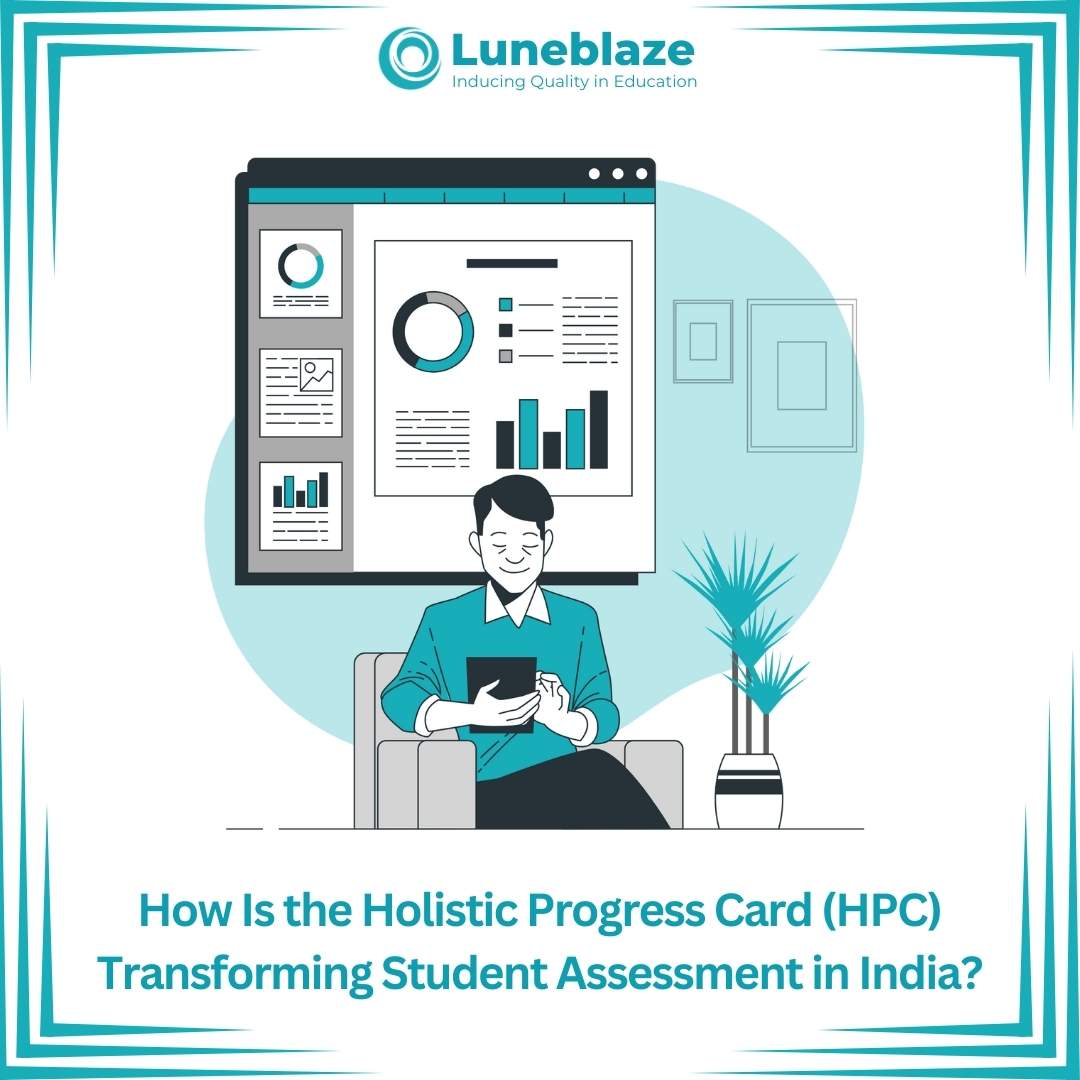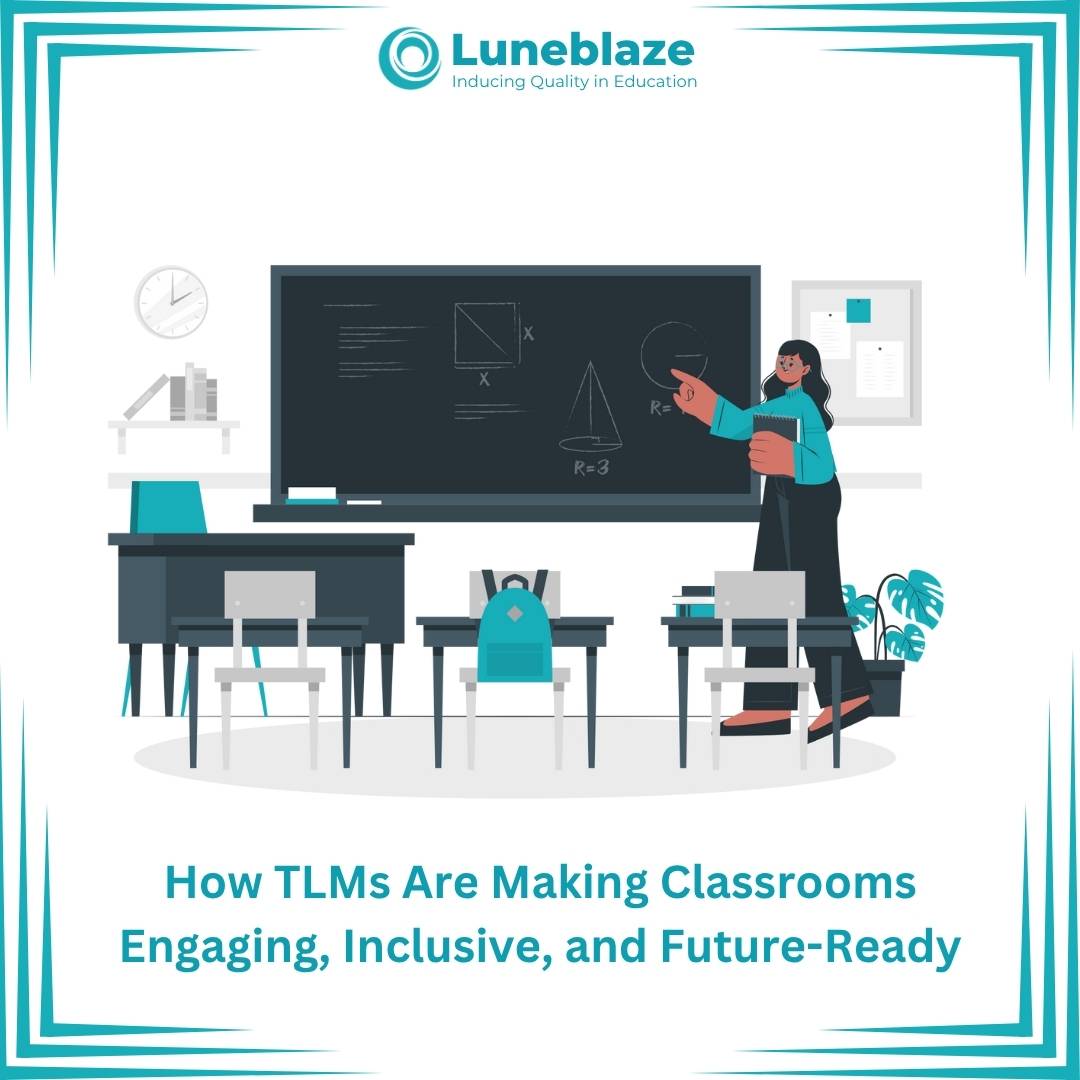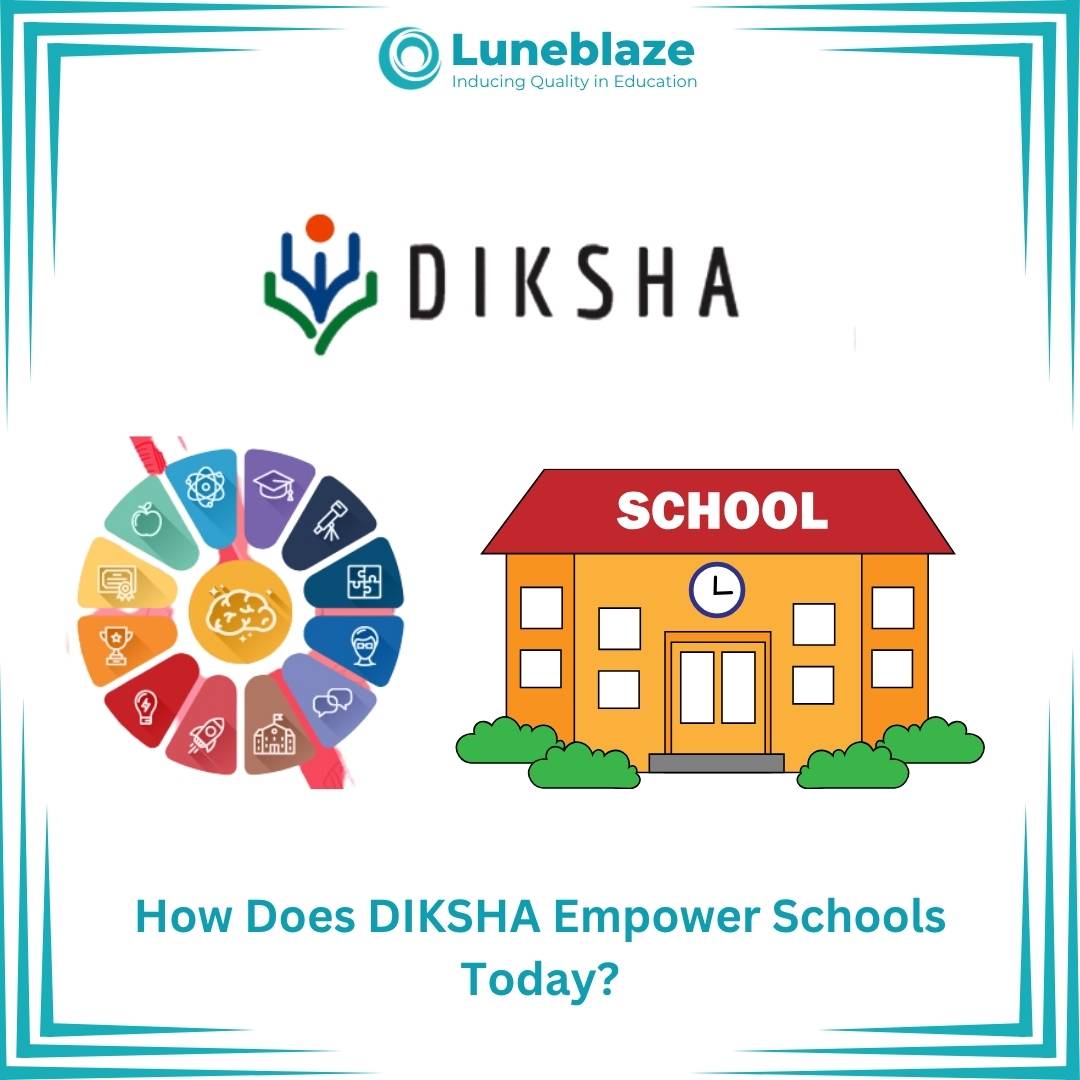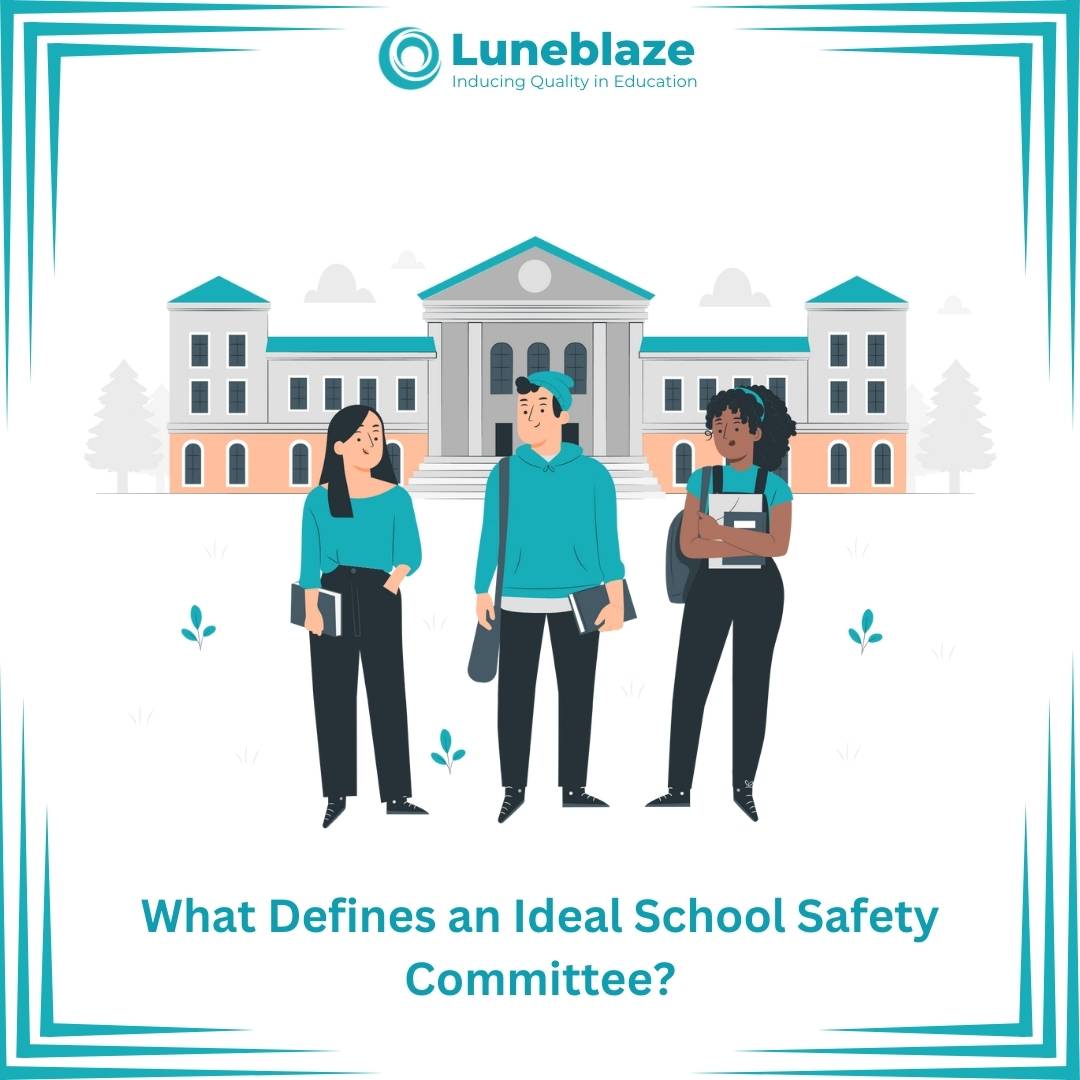How IEPs Are Personalizing Learning for Every Student?
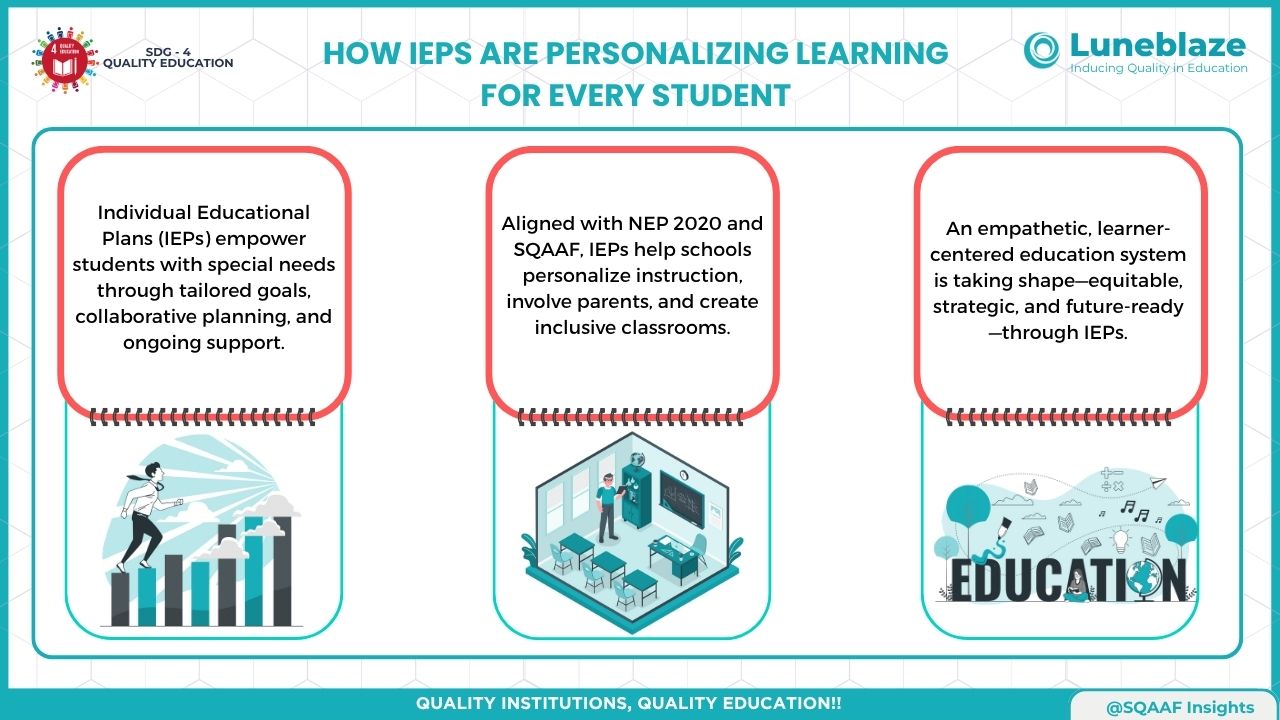
Jul 30, 2025
Imagine a classroom where every student feels seen, supported, and understood—where a child with speech difficulties receives customized help to express herself confidently, and a student with ADHD thrives through structured, goal-oriented learning plans. In another school, a teacher collaborates with specialists and parents to craft a personalized roadmap for a student’s growth. This is not a futuristic vision—it’s the inclusive and empowering reality enabled by Individual Educational Plans (IEPs).
IEPs are not just tools for special education—they are transformative strategies rooted in collaboration, compassion, and clarity. As schools in India embrace the goals of the National Education Policy (NEP) 2020, and align with the School Quality Assessment and Assurance Framework (SQAAF), the relevance and importance of IEPs have never been greater.
What is an IEP?
An Individual Educational Plan (IEP) is a tailor-made learning blueprint designed for students with special educational needs (SEN). Developed collaboratively by educators, parents, special educators, and often the student, the IEP identifies the learner’s strengths, challenges, goals, and the support systems required to help them succeed.
More than a document, the IEP is a dynamic, evolving process that enables schools to deliver on their commitment to equity and inclusion. With the implementation of the Education for Persons with Special Educational Needs (EPSEN) Act, IEPs have become foundational to inclusive schooling practices in India.
Core Features of an IEP
Individualized & Specific: Each IEP is uniquely crafted based on a student’s learning profile, strengths, and needs.
Short-Term Focus: Typically covers one academic year with clearly defined review points.
Goal-Oriented: Outlines specific, measurable goals across academic, behavioral, and functional domains.
Strategic Implementation: Defines teaching methods, support services, timelines, and responsibilities.
Collaborative Development: Involves active input from teachers, parents, specialists, and where possible, the student.
Ongoing Review: Treated as a working document, reviewed and updated based on real-time progress and feedback.
How IEPs Benefit Schools
IEPs foster a more inclusive, empathetic, and effective learning environment. Their benefits include:
Clarity in Instruction: Teachers know exactly what a student needs and how to provide it.
Improved Learning Outcomes: Students achieve progress on goals tailored to their needs.
Enhanced Parental Engagement: Families feel involved and empowered in their child’s education.
Data-Driven Teaching: Regular reviews help schools refine strategies and allocate resources efficiently.
Better School Climate: When each child feels supported, the overall classroom culture improves.
IEPs Aligned with SQAAF Domains
The SQAAF framework promotes holistic school development across seven domains. Here’s how IEPs naturally align:
Domain 1: Curriculum, Pedagogy, and Assessment
IEPs drive personalized learning strategies and differentiated instruction, ensuring that teaching meets every student’s needs.
Domain 2: Infrastructure
IEPs may require schools to adapt classrooms or acquire assistive technology—fostering accessible learning spaces.
Domain 3: Human Resources
IEP implementation promotes the deployment of special educators, therapists, and counselors, and enhances teacher collaboration.
Domain 4: Inclusive Practices
IEPs are the foundation of inclusive education—ensuring students with diverse needs are supported within mainstream settings.
Domain 5: Management and Governance
Tracking and reviewing IEPs strengthens school planning, documentation, and evidence-based governance.
Domain 6: Leadership
School heads who support and institutionalize IEP systems demonstrate vision, innovation, and a deep commitment to equity.
Domain 7: Beneficiary Satisfaction
Parents value meaningful engagement. Students gain confidence. Teachers feel empowered with clear direction. IEPs benefit all.
Why the Government Supports IEP Implementation
Aligned with NEP 2020 and inclusive education mandates, IEPs ensure every learner receives the support they deserve. The government recognizes that one-size-fits-all education models exclude students with learning difficulties, disabilities, or developmental delays. IEPs bridge this gap by enabling:
Individualized learning paths
Timely interventions
Parent-school collaboration
Inclusive classroom practices
The approach reflects a shift toward student-centric education, where success is measured not just by academic achievement, but by holistic progress.
In Conclusion
IEPs are more than support plans—they are powerful instruments of inclusion, empathy, and excellence. They help schools align with NEP 2020, fulfill SQAAF requirements, and most importantly, create a nurturing space where every learner can thrive.
By adopting IEPs, schools move from compliance to compassion—delivering education that’s not just equitable, but empowering.
To assist schools in their SQAAF Journey, Luneblaze provides a comprehensive AI-enabled end-to-end solution to schools for all their accreditation criteria needs, be it documents & evidence creation, self-assessment filing support on the CBSE SQAAF portal, workflow management, faculty trainings, audits, and consultancy support.
Trusted by
100+
Institutions
worldwide
since 2017
Get started with Accreditation Excellence
Explore how our AI-enabled accreditation solution simplifies the accreditation journey

